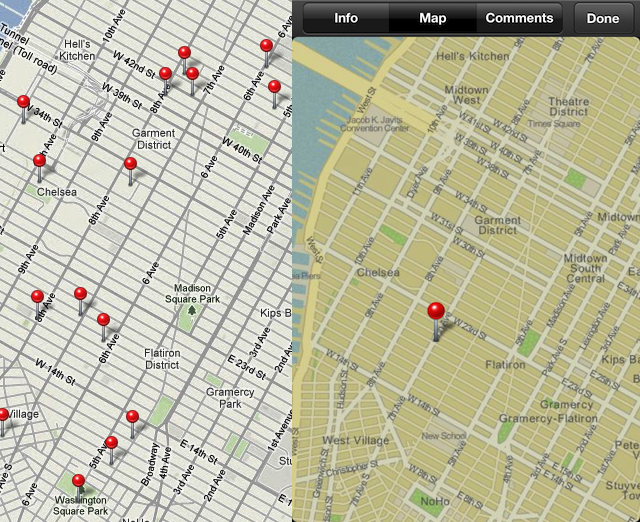


In green, we have the mountainous areas and parks, and in gray, the rest of the flat areas. In the Terrain view, using a color code, we can see the orography of the maps, or in other words, the terrain that each place can have regarding the sea level. This option is useful to know if your neighbors have a pool or to check what is in each place. In the Satellite view, we will have a satellite view of the place where we are in, and we will see in detail all the buildings from above, up to a minimum distance of 5 meters and a maximum height of 1000 km (this happens in all the views). These are points of interest on the map, suggestions that Google makes using all the information it stores in its web services.
Google maps for this mac code#
In addition, as we zoom in, we will see icons of the most representative places and buildings and many other small icons with a color code to differentiate them. In the standard view, as we access the application, the map and the area where we left it the last time we accessed the app will be displayed. You need to have an Internet connection, but you have the option to download parts of the map if you need the help of Google Maps when you are not connected to the Internet. With a few simple on-screen gestures, you can move and orient yourself on the map at all times. Just open the application and watch where you are and what's around you. It lets you consult any point on the map in a thousand and one different ways, and thanks to the GPS of your mobile, locate yourself on it. Google Maps, as its name suggests, is a map application. The question now is, what can we do with Google Maps, and what is it really for? We have already briefly previewed some of its key functions, but much more can be done.

This is the basic aspect of Google Maps so that you can locate and situate yourself.


 0 kommentar(er)
0 kommentar(er)
